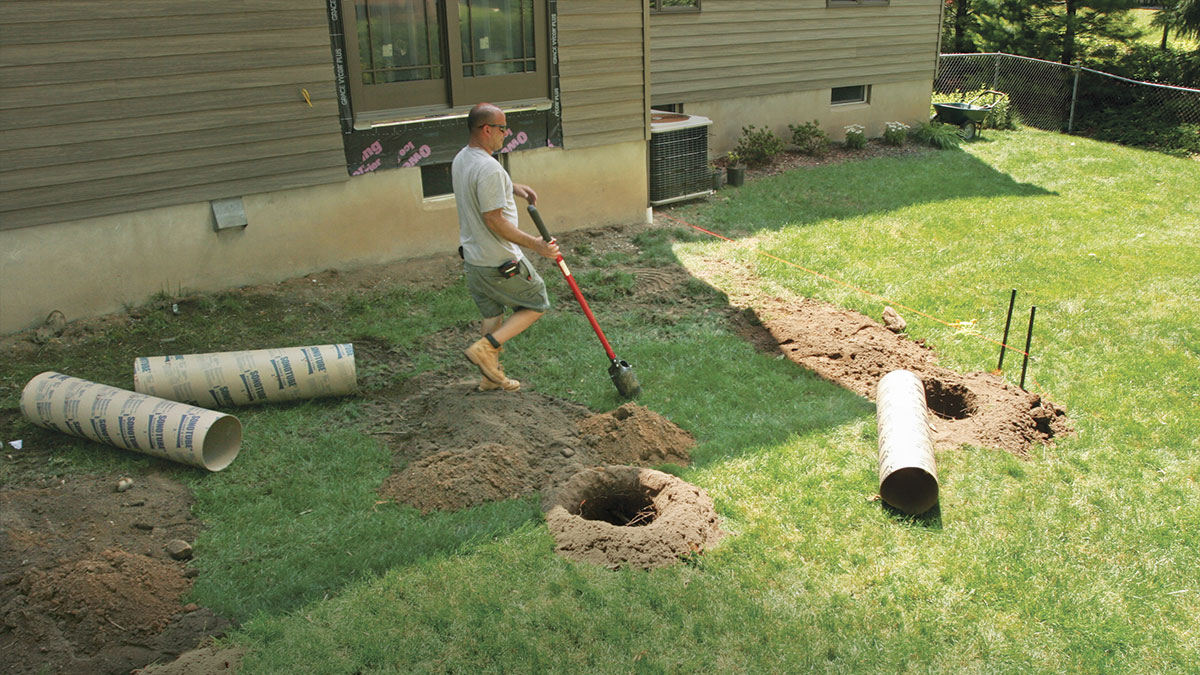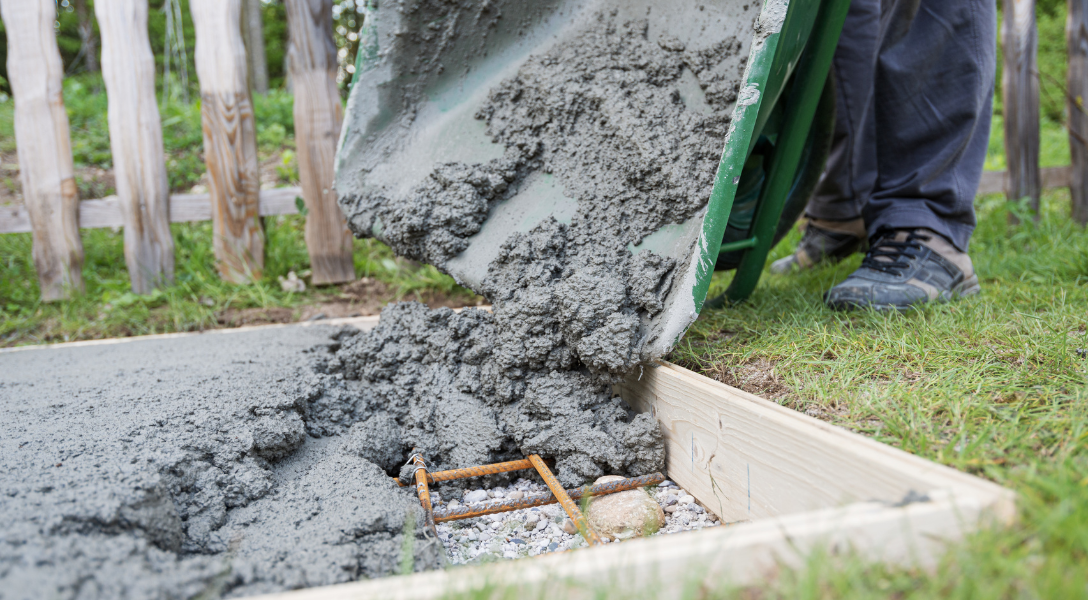Building a Strong Structure: Introducing the Secrets of Deck Ground
When it concerns developing a deck, one vital aspect that usually goes neglected is the structure or ground. A solid and properly designed deck ground is vital for the security and longevity of any type of deck framework. In this interesting guide, entitled "Structure a Solid Foundation: Introducing the Secrets of Deck Footing," we will explore the importance of appropriate grounds, the different types available, and the aspects to consider when selecting the ideal ones for your deck task. In addition, we will certainly offer step-by-step instructions on exactly how to prepare and set up grounds appropriately. Lastly, we will discuss the value of normal upkeep and assessment to make certain the ongoing security and toughness of your deck grounds. Join us as we discover the tricks to developing a trusted deck structure.
Importance of Correct Footings

Among the primary factors why correct grounds are crucial is to avoid the deck from moving or sinking. Footings that are not deep sufficient or are improperly built can trigger the deck to settle unevenly or move gradually. This can result in an uneven deck surface, causing a stumbling danger and jeopardizing the structural integrity of the whole deck.

Moreover, appropriate grounds also assist to shield the deck from wetness damages. By elevating the deck structure over the ground, grounds protect against the wood from entering into straight contact with dampness, reducing the danger of rot and decay.
Kinds Of Deck Footings
The choice of ideal deck footings is an essential aspect in guaranteeing the security and durability of a deck framework. There are numerous kinds of deck footings that can be used, each with its very own benefits and factors to consider.
One common kind of deck ground is the concrete pier footing. This entails excavating holes in the ground and putting concrete to produce a solid foundation for the deck. Concrete piers are flexible and can be used in a range of dirt problems, making them a popular selection for numerous deck jobs.
One more alternative is the helical pier ground. This type of footing is composed of a steel shaft with helical plates that are screwed into the ground.
For decks improved superficial or level structures, a superficial ground may be suitable. Shallow grounds are generally constructed from concrete and are positioned directly on the ground surface area. They are best fit for smaller decks or areas with stable soil problems.
Factors to Consider When Picking Footings
When picking footings for a deck, it is very important to thoroughly think about a number of elements that will ultimately determine the stability and sturdiness of the framework. The first factor to take into consideration is the kind of soil on which the deck will certainly be constructed. Various dirt types have differing load-bearing capabilities, so it is important to evaluate the dirt's capability to support the weight of the deck. On top of that, the climate of the area must likewise be taken into consideration. Severe climate condition, such as freezing temperature levels or hefty rainfall, can impact the ground and potentially create movement or changing of the footings. An additional essential variable is the dimension and height of the deck. Larger decks with numerous degrees or heavy loads need even more considerable grounds to give ample support. In addition, the products made use of for the footings must be picked sensibly. Common choices consist of concrete, helical heaps, and sonotubes. Each material has its advantages and disadvantages, so it is necessary to take into consideration elements such as price, ease of installment, and upkeep needs. Consulting with a professional engineer or service provider can supply valuable insights and make sure that the selected footings fulfill local building codes and regulations. By thoroughly thinking about these factors, property owners can make informed choices when selecting grounds for their deck, ensuring a durable and secure framework.
Actions to Prepare and Install Grounds
To prepare and install footings for a deck, it is crucial to comply with a systematic approach that makes certain security and longevity. The very first action is to figure out the size and number of grounds required based on the deck layout and regional building codes. By complying with these actions carefully, one can ensure that the footings are properly prepared and set up, giving a solid foundation for the deck framework.
Upkeep and Assessment of Deck Footings
To make sure the long-term security and security of your deck, regular upkeep and comprehensive inspections of the deck grounds are vital. The deck grounds serve as the foundation of your deck, supporting the weight and lots of the whole structure.
Routine maintenance must consist of aesthetic evaluations of the grounds, looking for signs site here of damage or deterioration. These can consist of fractures, sinking or shifting of the grounds, or signs of water damages. Furthermore, it is vital to inspect the security of the footings by applying pressure or carrying out tons examinations if essential.
Along with aesthetic inspections, it is advised to set up expert examinations every few years. Professionals can analyze the architectural integrity of the grounds extra properly and give expert recommendations on any needed repair services or substitutes.
Furthermore, correct upkeep likewise includes taking preventative measures to secure the grounds (Deck Footings). This can consist of applying waterproof finishings to avoid water damages, guaranteeing correct water drainage to you can try this out stay clear of excessive wetness, and routine cleansing to remove debris and protect against accumulation
Conclusion
In conclusion, correct deck grounds play a crucial role in making sure the security and long life of a deck. By comprehending the different sorts of footings offered and considering elements such as soil conditions and local building ordinance, house owners can make enlightened choices when choosing grounds for their deck. Furthermore, normal upkeep and evaluation of deck grounds is important to determine any kind of potential problems and ensure the safety and security of the structure.
In this helpful guide, labelled "Structure a Strong Structure: Introducing the Secrets of Deck Footing," we will check out the importance of proper grounds, the various types readily available, and the aspects to consider when selecting the best ones for your deck project.One common kind of deck footing is the concrete pier footing.To guarantee the lasting stability and security of your deck, normal maintenance and thorough examinations of the deck my latest blog post footings are essential.In verdict, correct deck footings play an essential role in ensuring the stability and longevity of a deck. By recognizing the various types of grounds offered and taking into consideration variables such as soil conditions and local building codes, home owners can make enlightened decisions when selecting footings for their deck.